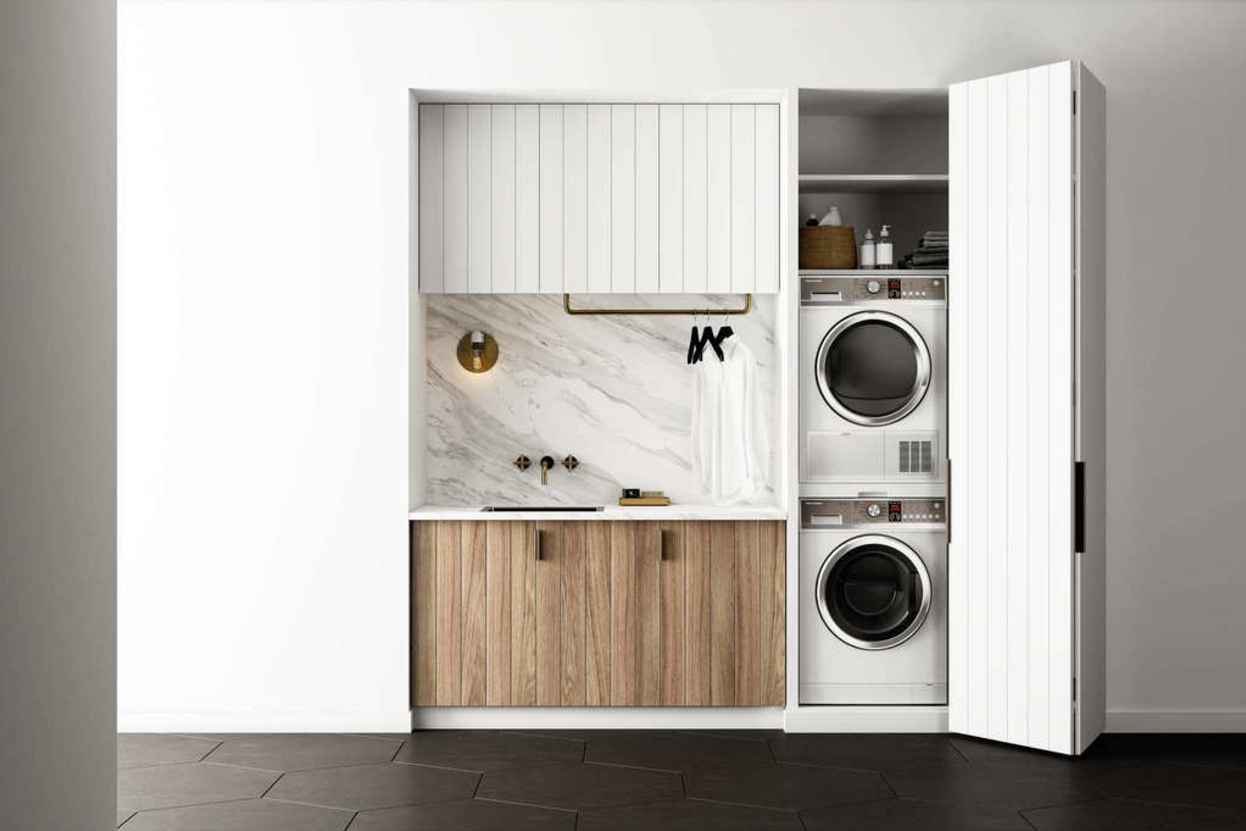

Articles
How To Stack Washer And Dryer
Modified: February 19, 2024
Learn how to stack washer and dryer with our informative articles. Discover tips and tricks for maximizing your laundry space easily and efficiently.
(Many of the links in this article redirect to a specific reviewed product. Your purchase of these products through affiliate links helps to generate commission for Storables.com, at no extra cost. Learn more)
Introduction
Stacking a washer and dryer is a great way to save space in your home or laundry room. Whether you have a small apartment or limited space, stacking your appliances allows you to efficiently utilize the available area. However, it is crucial to follow the proper steps to ensure that the stacked washer and dryer are secure and safe to use.
In this article, we will provide a step-by-step guide on how to stack a washer and dryer. We will cover everything from measuring the space to securing the appliances. By following these instructions, you can confidently stack your washer and dryer and create more room in your living space.
Key Takeaways:
- Efficiently utilize space by stacking a washer and dryer, but ensure compatibility with the area and proper ventilation to prevent overheating and fire hazards.
- Secure the stacked appliances with anti-tip brackets or velcro straps, and thoroughly test their functionality to ensure safe and efficient operation. Regular maintenance is key to longevity.
Read more: How To Remove A Stacked Washer And Dryer
Step 1: Measure the space
Before you begin the process of stacking your washer and dryer, it is important to measure the space where you plan to install the appliances. This step will help you determine if your chosen washer and dryer are compatible with the available area.
First, measure the height, width, and depth of the space. Take note of any height restrictions, such as cabinets or shelves that may be located above the area. Make sure to factor in these restrictions when selecting your appliances.
Next, measure the dimensions of your washer and dryer. Compare these measurements to the space in which you plan to stack them. Ensure that the appliances will fit comfortably and allow for proper ventilation. It is crucial to leave enough room for air circulation to prevent overheating and potential fire hazards.
If the measurements indicate that your washer and dryer are compatible with the available space, you can proceed to the next step. However, if the measurements don’t align, you may need to consider alternative options such as purchasing a smaller washer or dryer or reorganizing your laundry area.
Once you have confirmed that the space and appliances are a good fit, take the time to clean and prepare the area before stacking the washer and dryer. Remove any obstructions or debris and ensure that the floor is level. A level base will provide stability, preventing any unnecessary movement or accidents.
By measuring the space and ensuring that it is clean and prepared, you are ready to move on to the next step of stacking your washer and dryer.
Step 2: Prepare the area
Before you stack your washer and dryer, it is essential to properly prepare the area to ensure a safe and secure installation. Taking the time to prepare the area will help prevent any mishaps or damage to the appliances.
Start by clearing the space of any items or obstacles that may interfere with the stacking process. Remove any furniture, storage bins, or other objects that may be in the way. This will provide you with a clear and open area to work with.
Next, ensure that the floor is clean and free from any dirt or debris. Sweep or vacuum the area to remove any dust or particles that could potentially affect the stability of the stacked washer and dryer.
If you have a laundry room with existing electrical and plumbing connections, check that they are in good condition. Inspect the outlets and water supply lines to ensure they are functioning properly and have no leaks. It is crucial to address any electrical or plumbing issues before stacking the appliances to avoid complications later on.
Additionally, consider the location of the laundry room in relation to the rest of your home. If your laundry area is on an upper floor or near living spaces, it is a good idea to soundproof the room or invest in noise-canceling mats to minimize any excessive noise that may be produced by the washer or dryer.
Finally, take into account the weight-bearing capacity of the floor. Stacked washers and dryers can be heavy, and certain types of flooring, such as laminate or vinyl, may not be able to support the weight. Consult an expert or the manufacturer’s guidelines to determine if additional support is needed to ensure the floor can handle the load.
By properly preparing the area, you will create a safe and suitable environment for stacking your washer and dryer. Once you have completed these preparations, you can move on to the next step of the installation process.
Step 3: Stack the washer and dryer
Now that you have measured the space and prepared the area, it’s time to stack your washer and dryer. Properly aligning and securing the appliances will ensure a stable and functional installation.
Start by placing a non-slip mat or anti-vibration pads on the floor where you plan to stack the washer and dryer. These accessories provide stability and help reduce any vibrations or movement during operation.
Carefully lift the dryer and place it on top of the washer, ensuring that the feet or leveling legs of both appliances align. The leveling legs can be adjusted to compensate for any uneven surfaces, ensuring a level and secure stack.
It is important to position the dryer on top since it is usually lighter than the washer. This arrangement prevents any strain or damage to the washer when loading or unloading heavy laundry.
Take your time to align the edges and corners of the appliances for a seamless appearance. Make sure that they are centered and squared to maintain balance and prevent any unexpected shifting.
Some washers and dryers come with stacking kits that include brackets or straps. If your appliances have these accessories, use them to secure the washer and dryer together. Follow the manufacturer’s instructions to properly attach the brackets or straps, ensuring a tight connection between the two units.
If your appliances don’t come with a stacking kit, you can explore alternative options such as purchasing universal stacking kits or obtaining specific brackets designed for your washer and dryer model. These kits typically include brackets, screws, and other necessary hardware for a secure stack.
When stacking the appliances, it is important to consider the height of the stacked unit. Ensure that the height is still within reach for loading and unloading laundry comfortably. If the unit is too tall, you may require a step stool or platform to assist in accessing the controls and drum.
By carefully stacking the washer and dryer and using the appropriate brackets or straps, you can create a secure and functional stack that maximizes space in your laundry area.
When stacking a washer and dryer, make sure to use a stacking kit to secure the units together for safety. Also, ensure that the floor is level to prevent any imbalance during operation.
Step 4: Secure the appliances
After stacking the washer and dryer, it is essential to secure the appliances to ensure their stability and prevent any potential accidents. Properly securing the stacked unit will give you peace of mind and ensure safe usage.
One common method for securing the appliances is to use anti-tip brackets. These brackets are designed to attach to the back of the washer and dryer and secure them to the wall for added stability. Check the manufacturer’s instructions for your specific model to see if anti-tip brackets are recommended or included with your appliances.
When installing anti-tip brackets, locate the wall studs behind the washer and dryer and mark their positions. Use a level to ensure that the brackets are installed straight and aligned. Follow the instructions provided with the anti-tip brackets to properly attach them to the wall and the back of the appliances.
It is crucial to make sure the brackets are securely fastened and can support the weight of the stacked unit. Check the brackets periodically to ensure they remain in place and tighten any loose screws if necessary.
Another option for securing the stacked appliances is to use velcro straps or safety straps. Wrap these straps around the washer and dryer to hold them together tightly. Make sure to fasten the straps securely to prevent any movement or shifting of the appliances.
Regardless of the method you choose, it is important to carefully follow the manufacturer’s instructions and recommendations for securing your specific model of washer and dryer. They understand the unique requirements of their products and can provide the best guidance on how to secure them properly.
Once you have secured the appliances, test the stability by gently shaking the stacked unit. If you notice any excessive movement or instability, double-check the brackets or straps and make any necessary adjustments or reinforcements.
By taking the time to properly secure the stacked washer and dryer, you can ensure their stability and prevent any unexpected accidents or damage.
Read more: How Tall Is A Stacked Washer Dryer
Step 5: Test the stacked washer and dryer
After completing the installation and securing the stacked washer and dryer, it is important to test their functionality before regular use. Testing the appliances will allow you to identify any potential issues and ensure that they are operating correctly.
Start by checking the power and water connections. Ensure that the electrical plug is securely inserted into the outlet, and confirm that the water supply lines are properly connected and have no leaks.
Next, carefully inspect the stacked unit for any signs of damage or loose components. Check that all control knobs, buttons, and settings function properly. If you notice any issues, consult the manufacturer’s manual or contact customer support for assistance.
Once you have confirmed the electrical and plumbing connections and inspected the appliances, run a test cycle on the washer and dryer. Use a small load of laundry to observe how the appliances function when stacked.
During the test cycle, pay attention to any unusual noises, vibrations, or movements. These can indicate a problem with the installation or the appliances themselves. If you notice anything out of the ordinary, stop the test cycle and investigate further to diagnose and address the issue.
Check that the washer is filling and draining properly, and that the dryer is heating and drying clothes effectively. Monitor the completion of each cycle to ensure that there are no interruptions or malfunctions.
Additionally, pay attention to the airflow and ventilation of the dryer. Proper ventilation is crucial to prevent the buildup of lint and maintain dryer efficiency. Make sure that the exhaust vent is clear and unobstructed.
If the stacked washer and dryer pass the test cycle without any issues, congratulations! You have successfully installed and tested your stacked appliances. However, if any problems arise during the test, make any necessary adjustments or consult a professional for assistance.
Regularly monitor the stacked washer and dryer for any changes or issues. Perform routine maintenance, such as cleaning filters or checking for lint buildup, to ensure optimal performance and longevity.
By thoroughly testing the functionality of your newly stacked washer and dryer, you can confidently start using them for your laundry needs.
Conclusion
Stacking a washer and dryer is a practical solution for maximizing space and creating a more efficient laundry area. By following the steps outlined in this guide, you can successfully stack your appliances while ensuring their safety and functionality.
Remember to start by measuring the space and selecting appliances that are compatible with the available area. Properly preparing the area by cleaning and checking electrical and plumbing connections is crucial for a smooth installation process.
When stacking the washer and dryer, take your time to align the appliances and use brackets or straps for added stability. Secure the stacked unit using anti-tip brackets or velcro straps to prevent any accidents or instability.
Lastly, complete the installation by testing the washer and dryer to ensure proper operation and performance. Run a test cycle and monitor the appliances for any unusual noises, vibrations, or malfunctions.
By following these steps, you can confidently stack your washer and dryer, saving valuable space and simplifying your laundry routine. Always refer to the manufacturer’s guidelines and recommendations for your specific appliance models to ensure a safe and successful installation.
With a well-organized and functional stacked washer and dryer, you can enjoy the benefits of a more streamlined and efficient laundry area in your home.
Frequently Asked Questions about How To Stack Washer And Dryer
Was this page helpful?
At Storables.com, we guarantee accurate and reliable information. Our content, validated by Expert Board Contributors, is crafted following stringent Editorial Policies. We're committed to providing you with well-researched, expert-backed insights for all your informational needs.
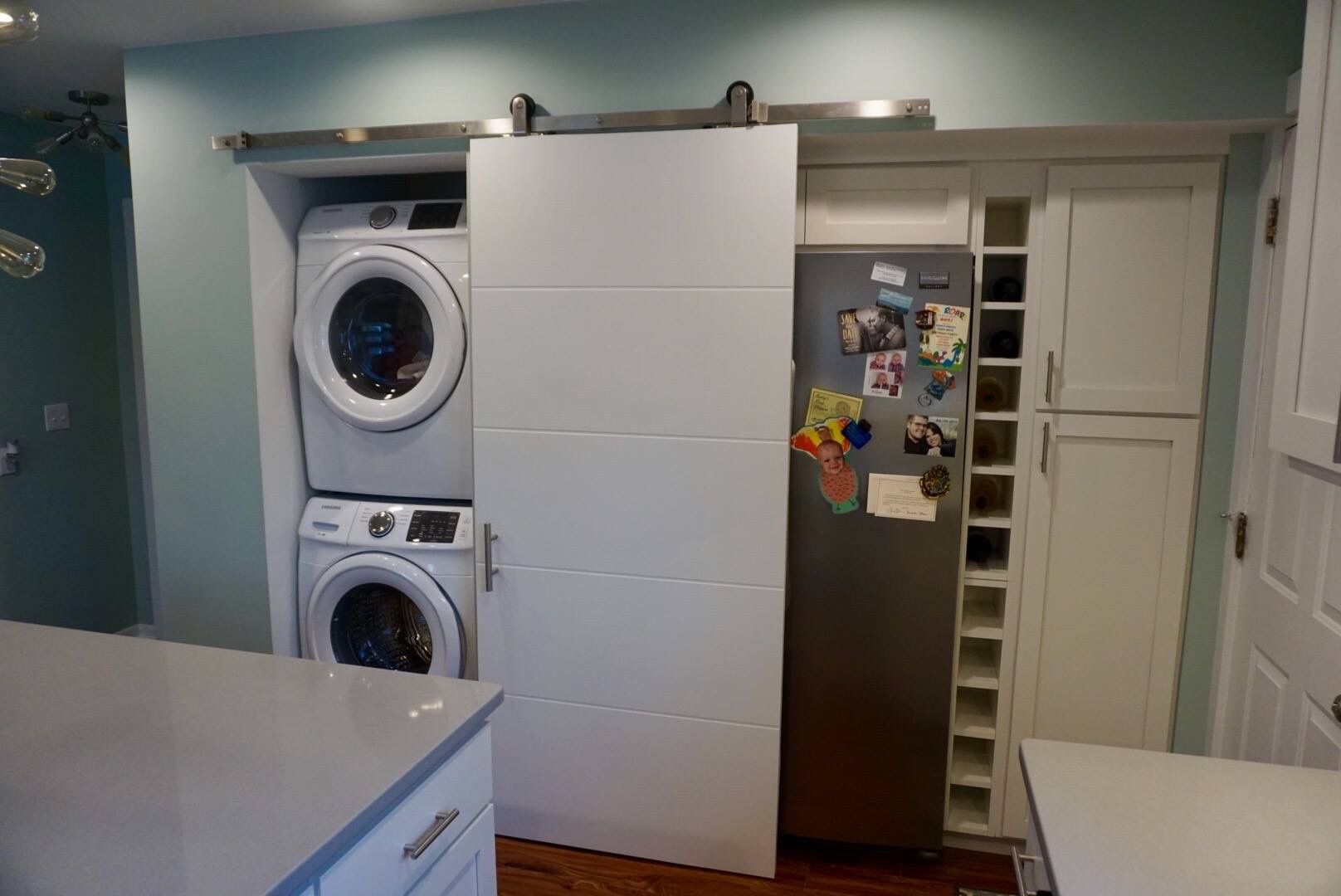
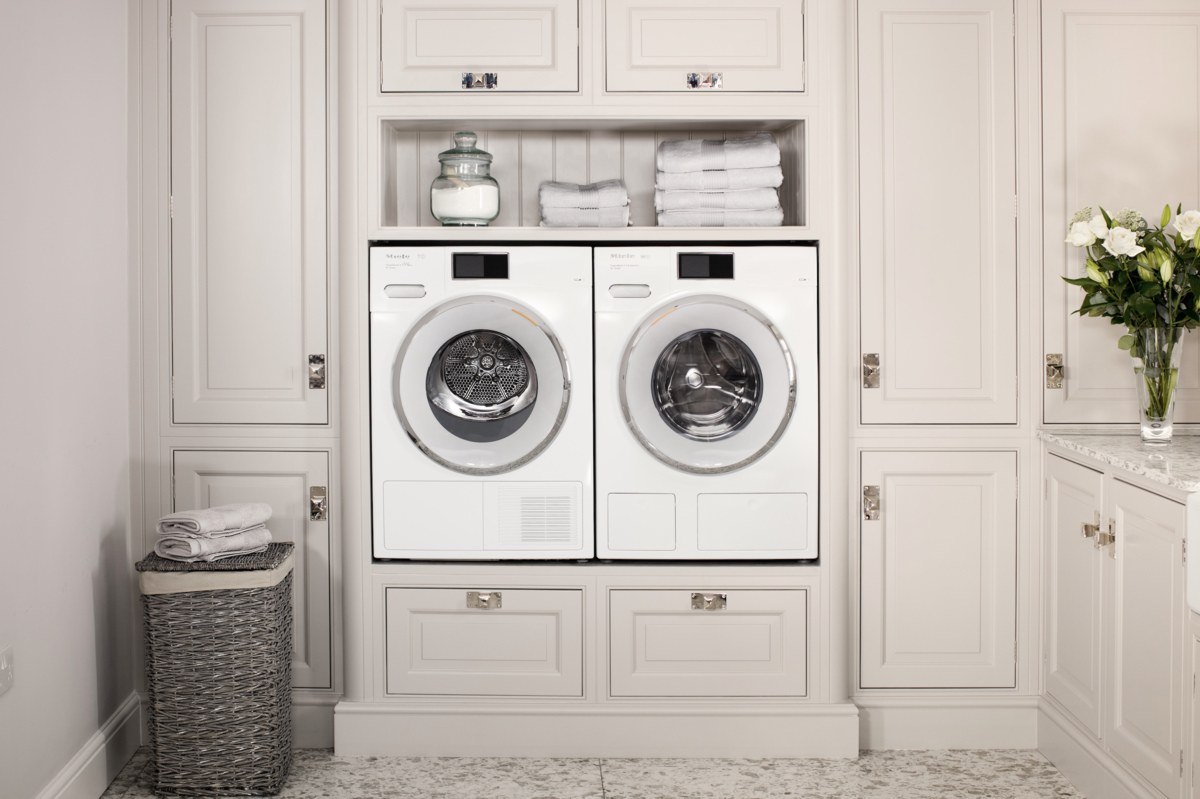
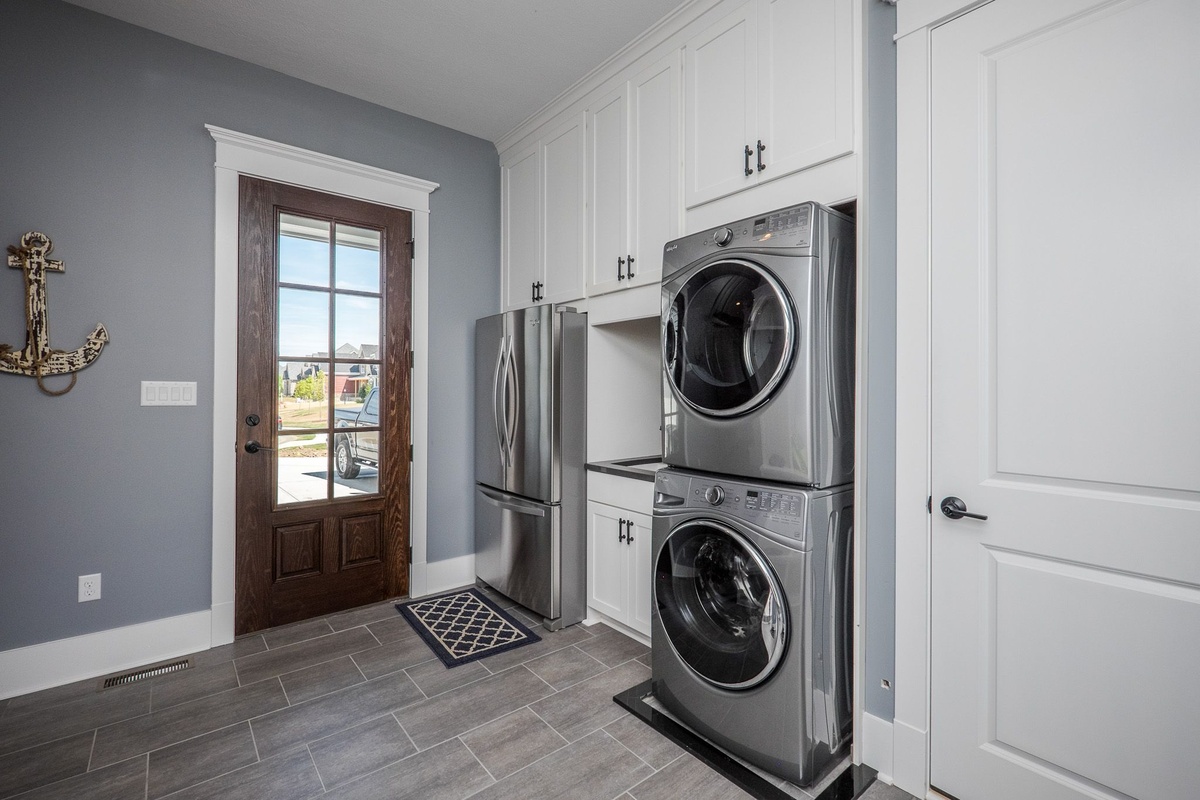
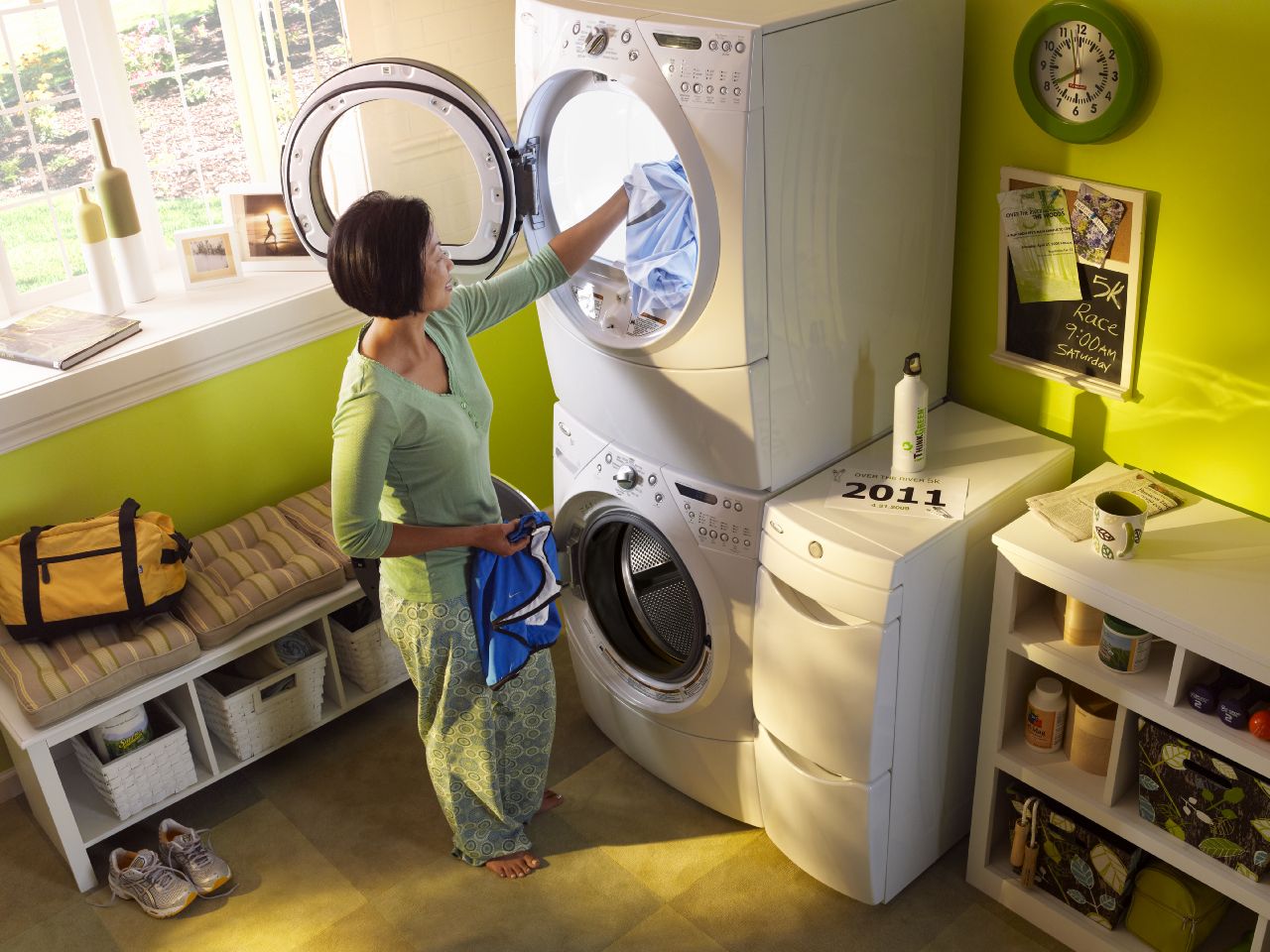
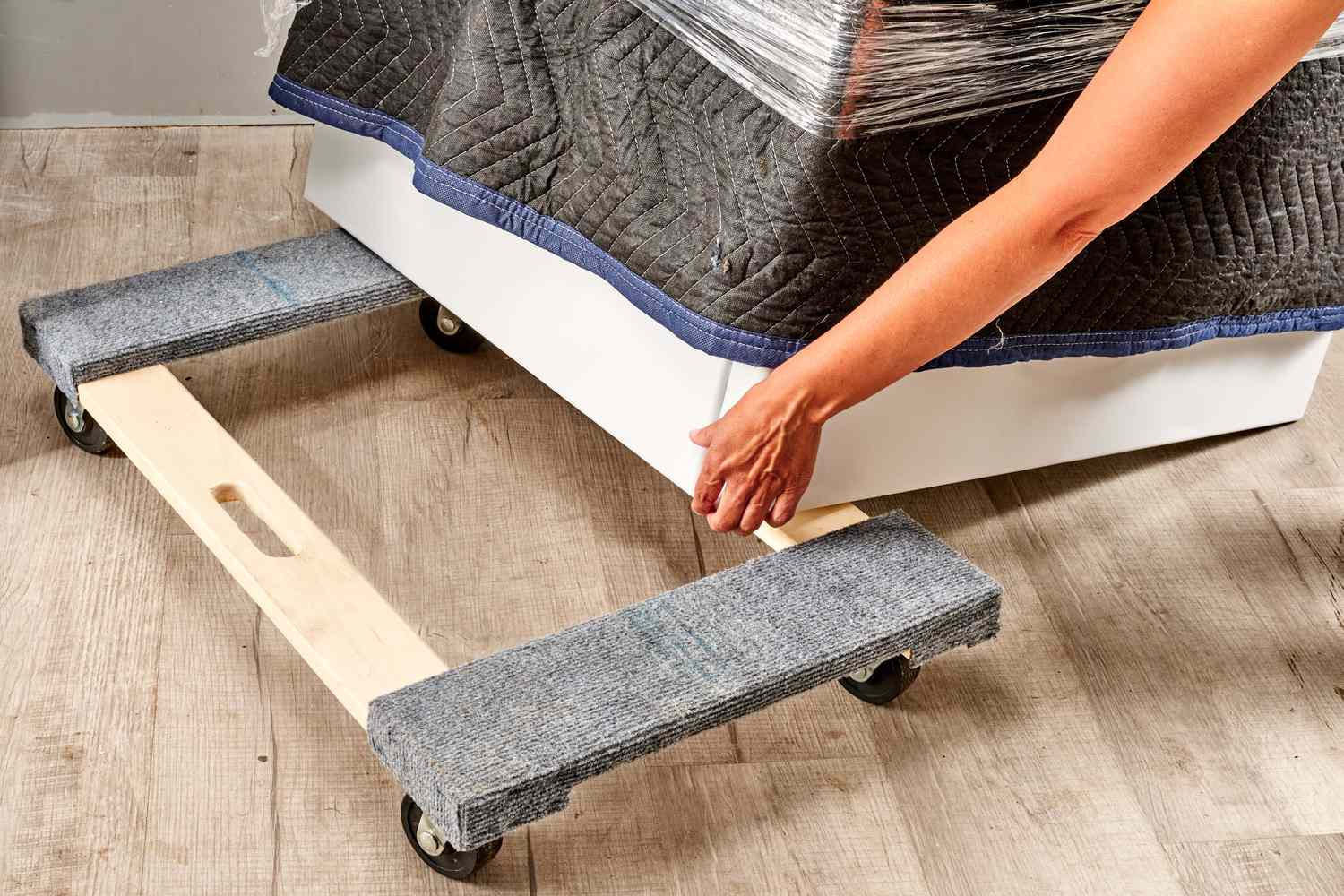
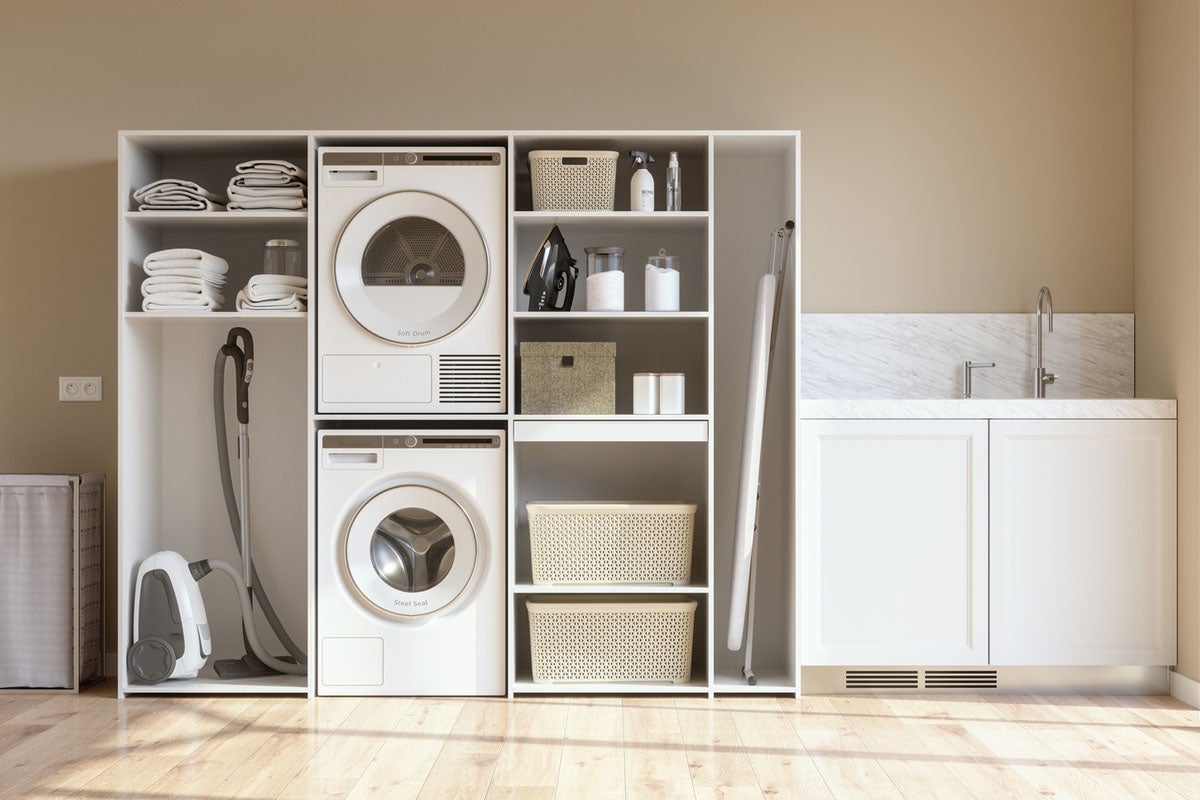
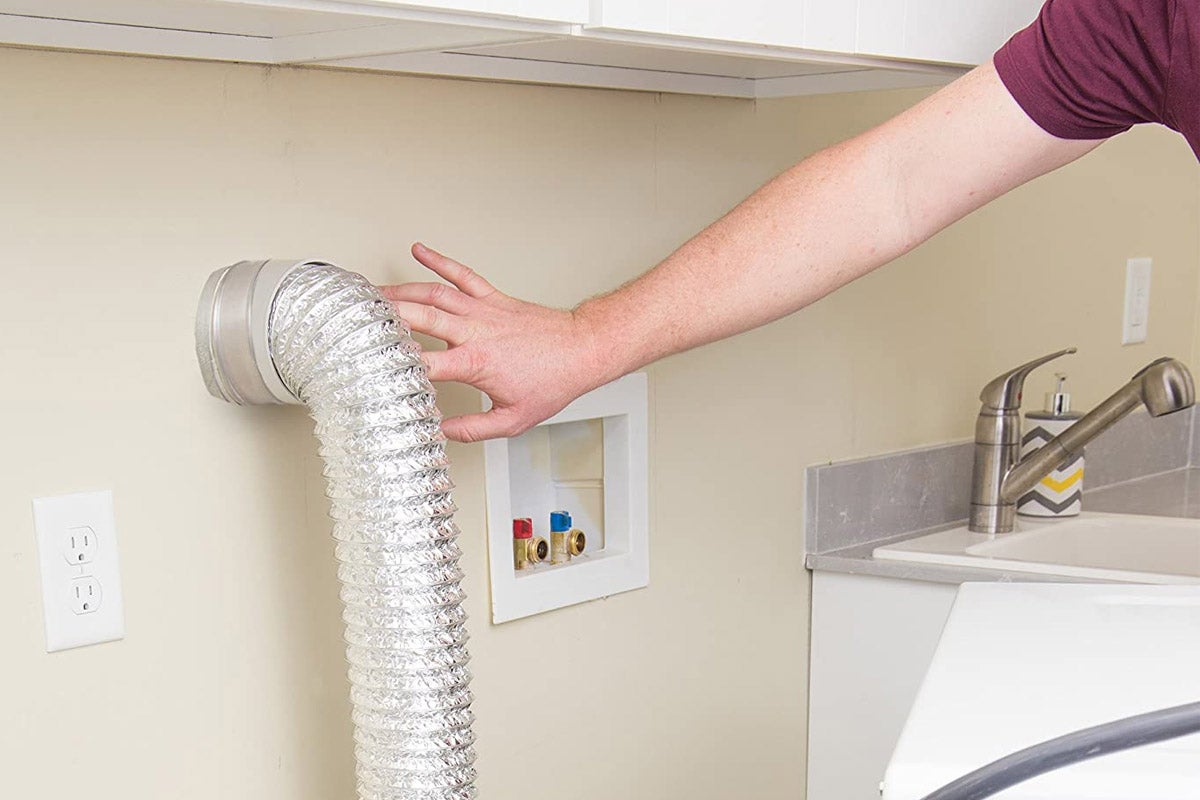
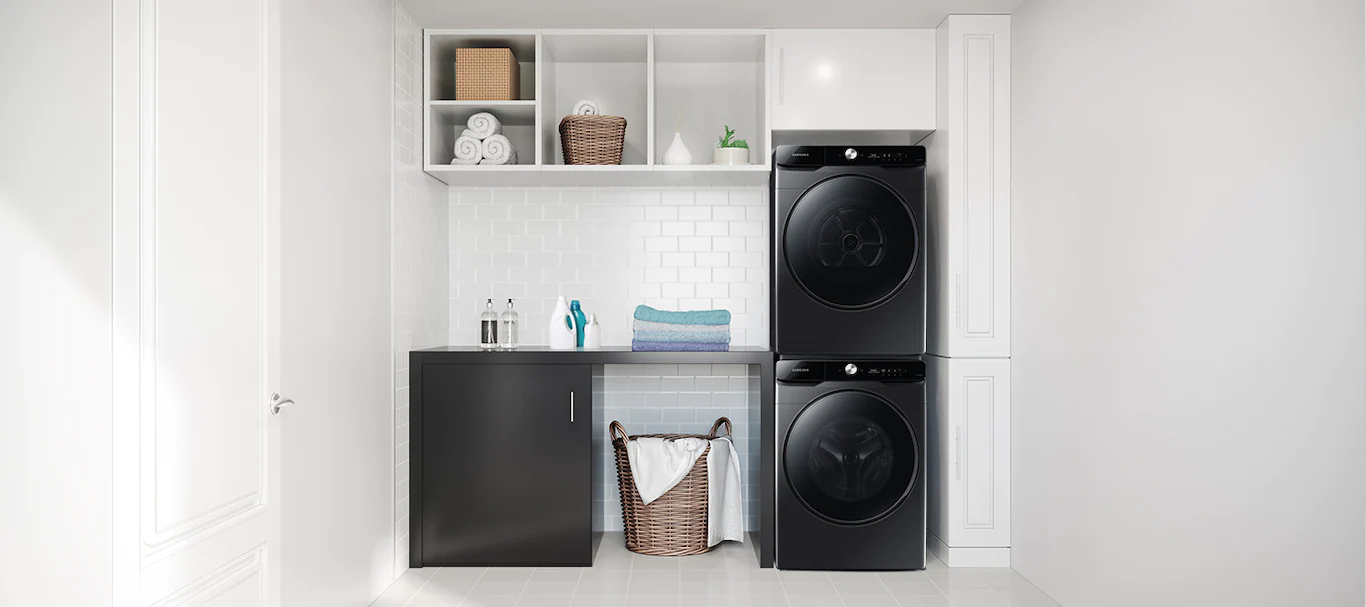

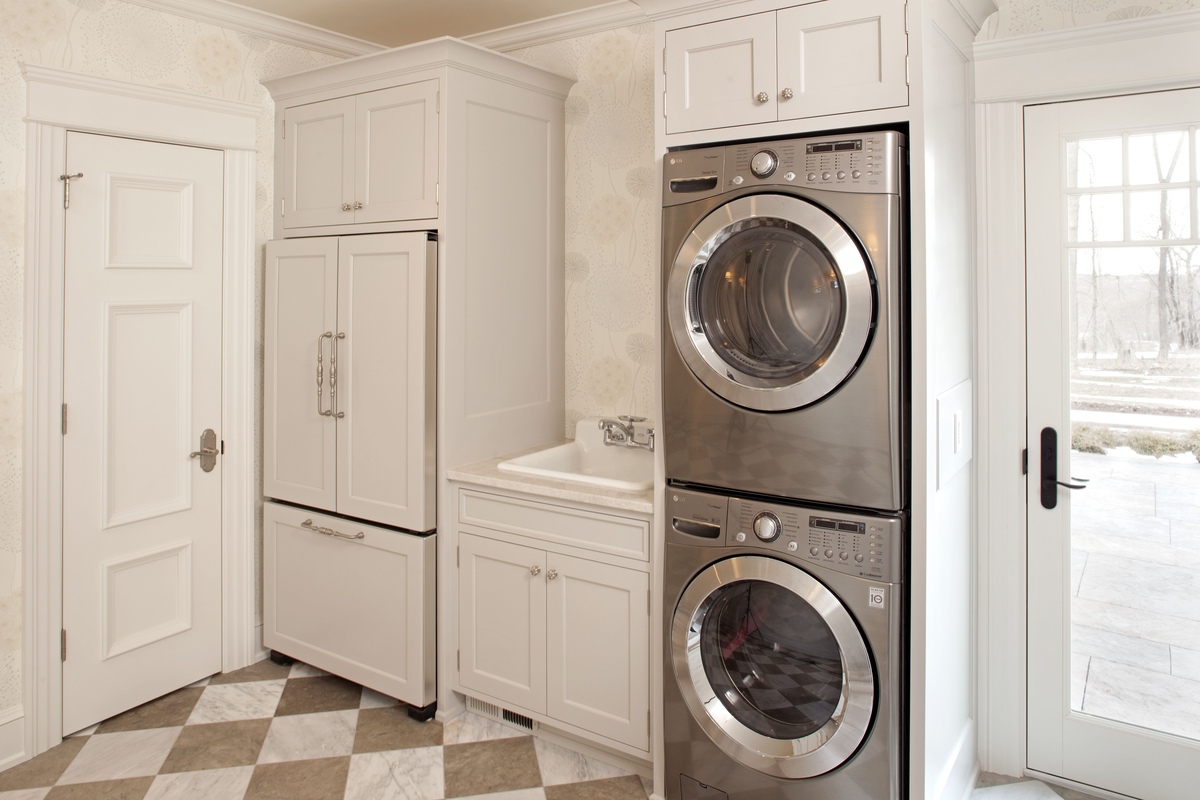
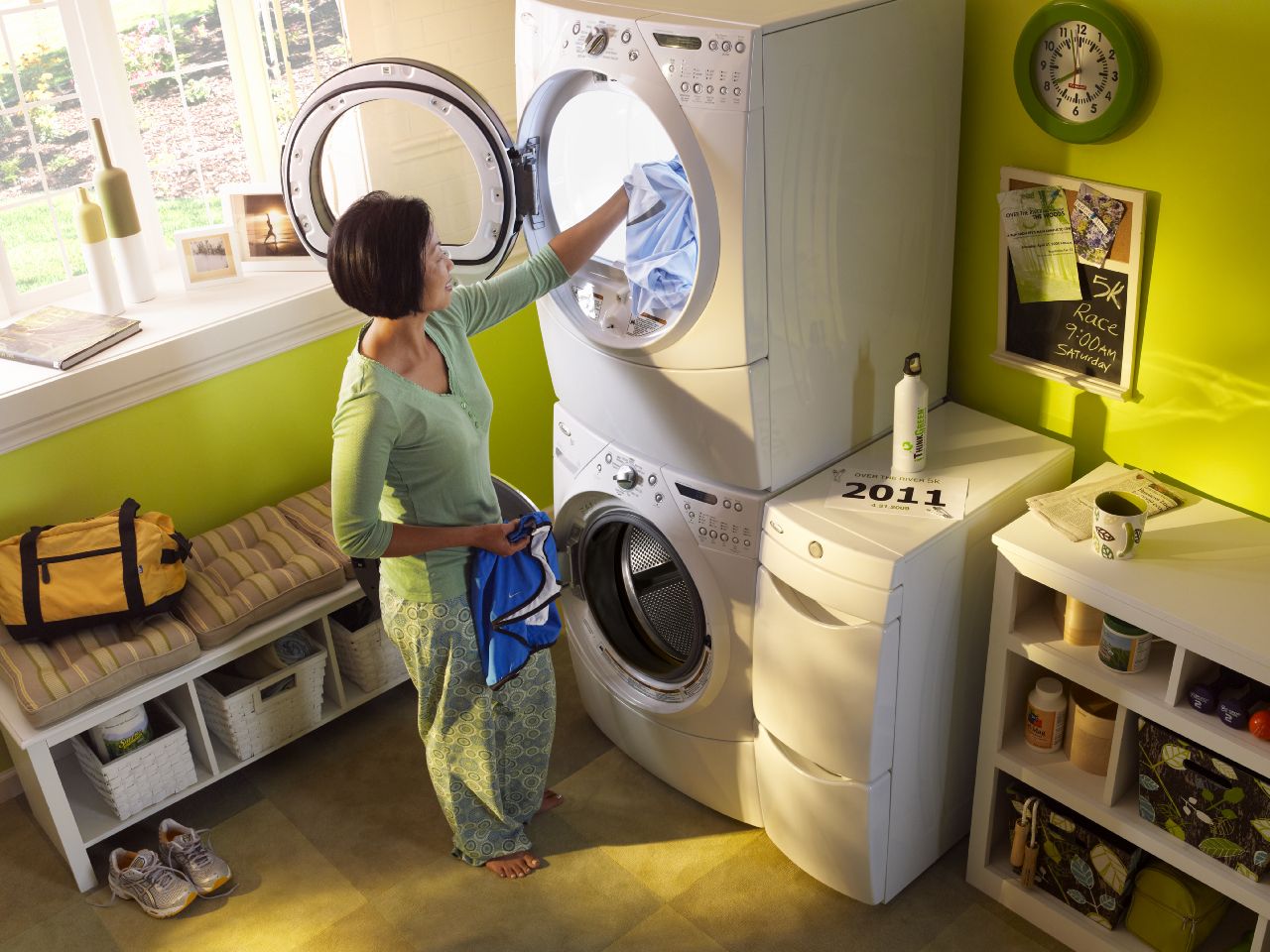
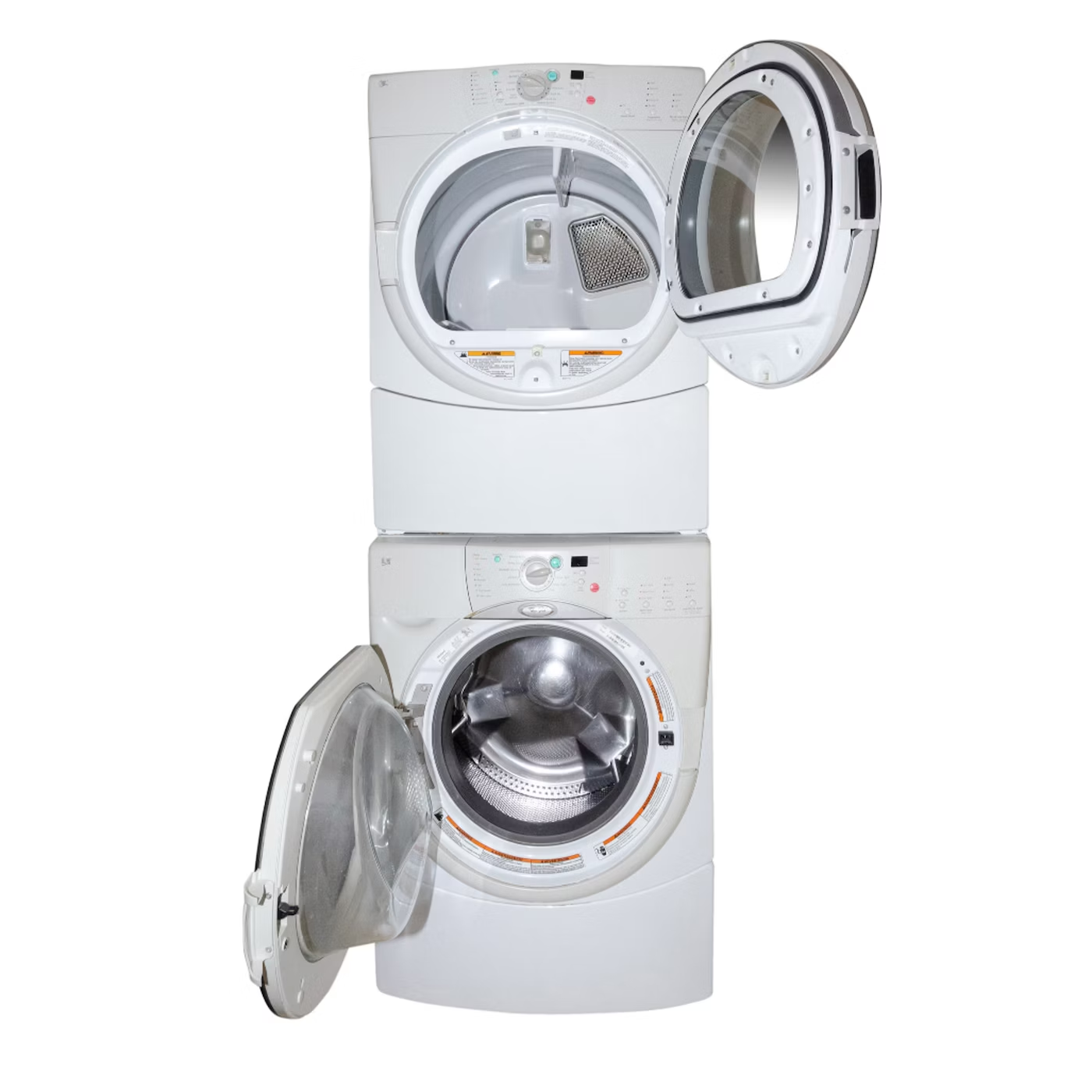
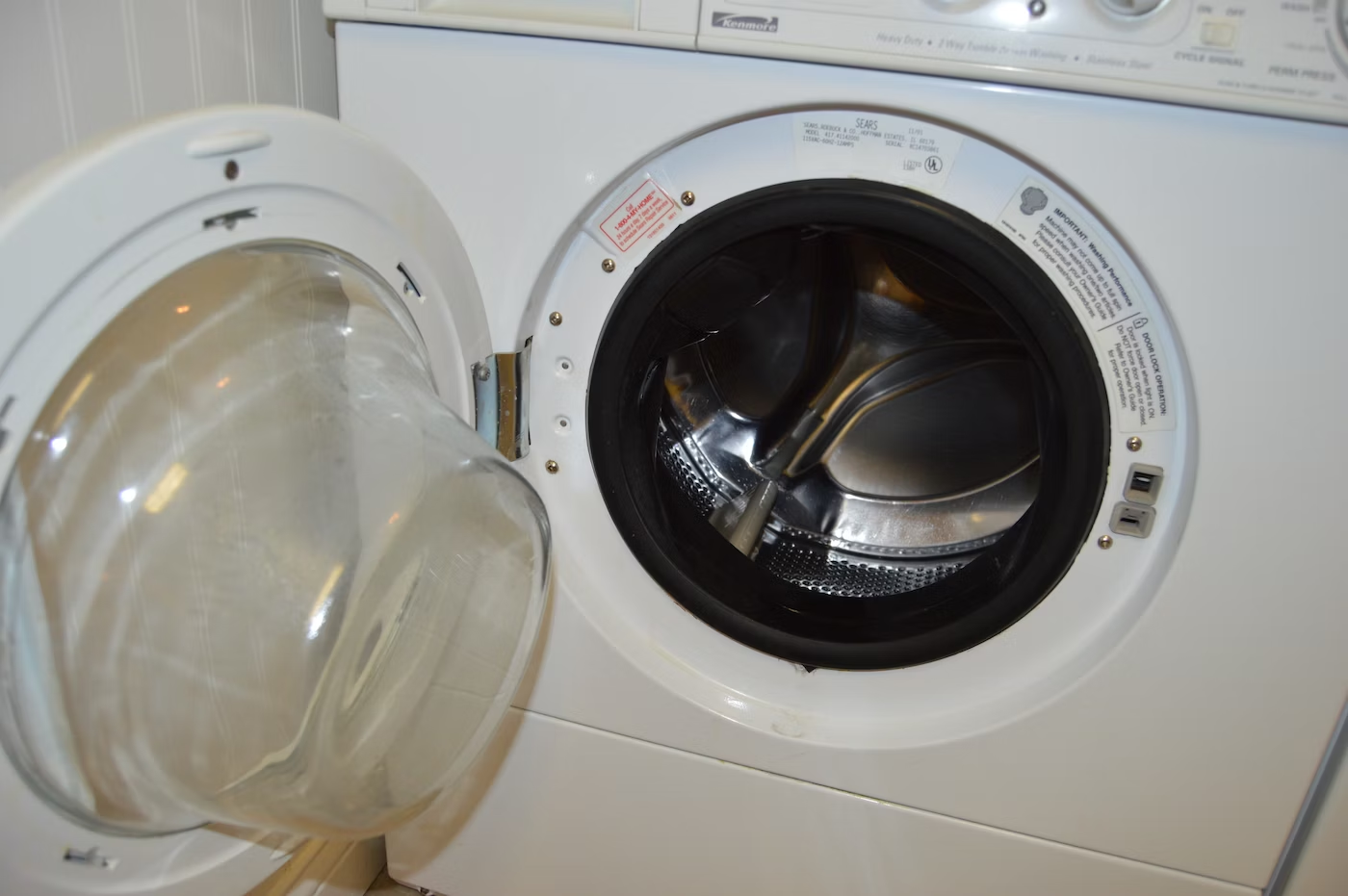
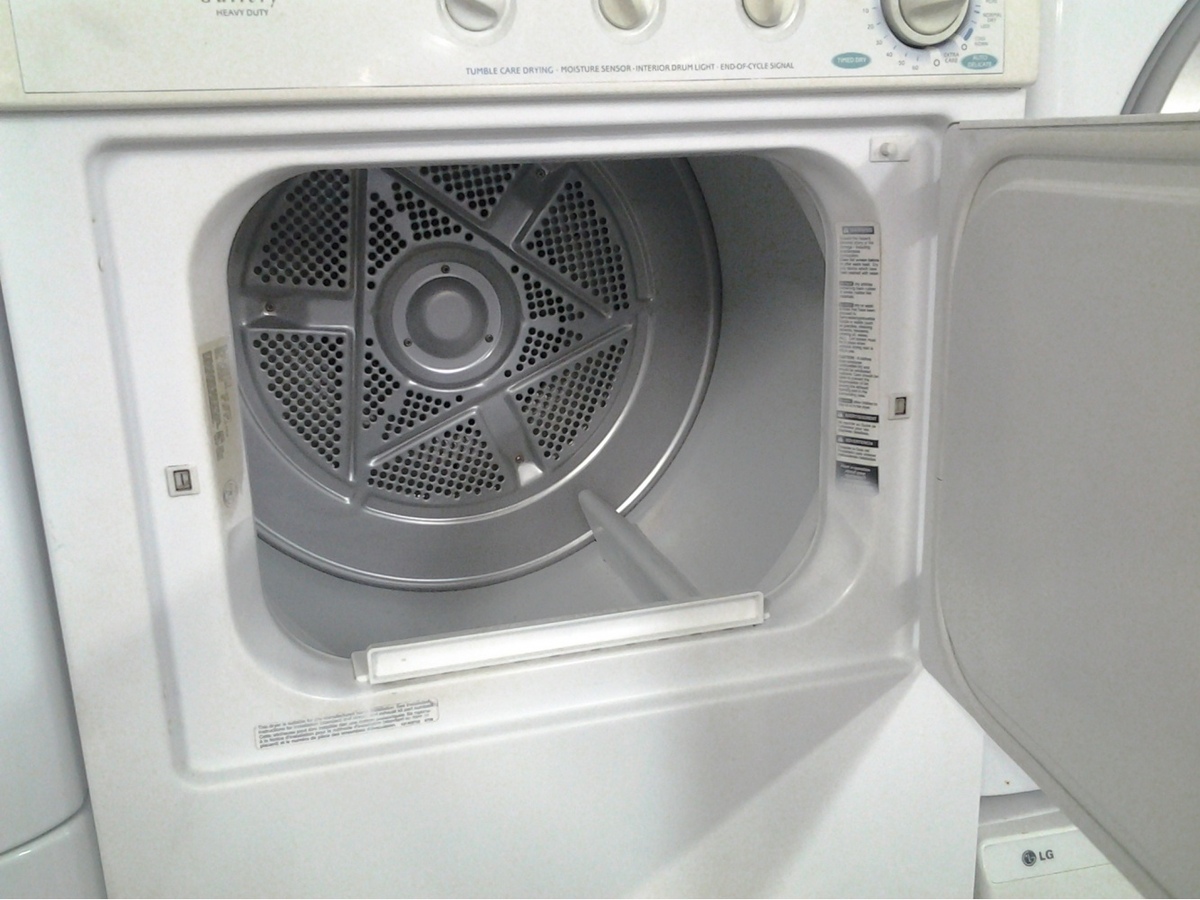

0 thoughts on “How To Stack Washer And Dryer”